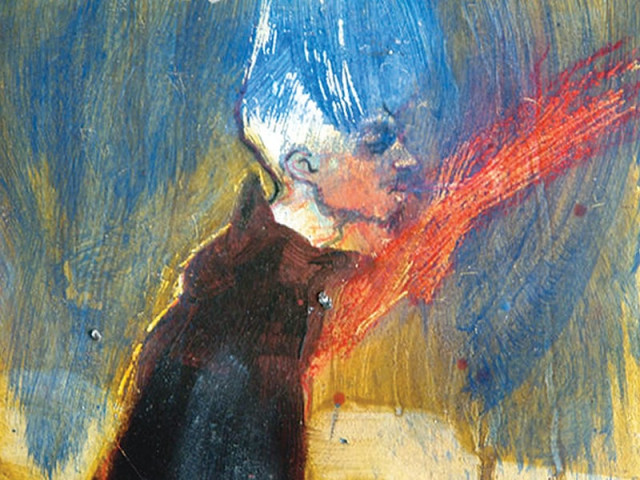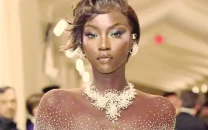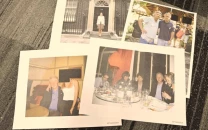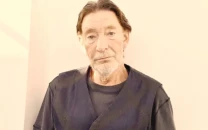Of mediums, musings and myths
Suleman Khilji on his journey and struggles as an artist in Pakistan.

Khilji does not shy away from experimenting with mediums, and paints on almost every surface he can get his hands on. PHOTOS: PUBLICITY
Artists are revered through the ages for their creativity, skill and technique. In Pakistan, there is still a section of society that doesn’t consider being an artist to be a full-time profession. The reasons for this mindset range from deep misconceptions about a perceived lack of discipline, to the insecurities of not having a stable source of income. Parents discourage their children from studying painting or fine arts in general.
Hailing from Quetta, Suleman Khilji moved to Lahore in 2006 to study at the National College of Arts (NCA) and stayed on after graduating from college. “There is nothing for me to do in Quetta,” says Khilji, “I cannot paint there because it is not easy. Socially, people do not accept it as a profession so I just sketch while I’m there.”

Up until after his thesis at NCA, Khilji’s father had no idea he was studying fine arts. “My father was against fine arts and would have never accepted it, so I lied,” shares Khilji. “My mother knew I was studying fine arts and painting, but I told my father I was studying architecture.” Throughout college, Khilji would show his father only his architectural drawings to keep him satisfied, while his mother kept the deep secret for four years. Things took a different turn when a local newspaper wrote about Khilji’s work. “I never thought my father would accept it, but reading about my work in the paper made him very happy, and he accepted what I wanted to do with my life.”
During this conversation with The Express Tribune, the artist was sitting against a canvas on the wall, which depicted a half-finished painting of a man. Khilji explains how the character in the painting was inspired by Saadat Hasan Manto’s short story Overcoat. Khilji does not shy away from experimenting with mediums, and paints on almost every surface he can get his hands on. From paper to tin sheets, he uses them all. “It is interesting to see what a piece will look like and how people will react to it,” he says. “I don’t want to do anything that is conventional. For me, it is all about what people would say when they see my work 200 years from now.” From Quetta’s landscape, to musings about myths, Khilji is constantly busy and inspired.
Khilji’s paintings are captivating, and his work has thought and depth, especially for an emerging artist. He takes inspiration from the stories of the past. “Stories my mother and grandmother told me as a child fascinated me,” he emphasises. “I would picture them in my head; explore the mythology, and juxtapose it to the present.” The artist compares the future with the past and uses books and movies as inspiration. “It’s all about the conversation you are having, and the process of painting. I take all my characters from movies, stories or novels.”
Supporting yourself in a city like Lahore is not an easy feat. Emerging artists find it hard to make ends meet. “I taught ‘A’ level and ‘O’ level art at City School for two years because you do end up needing that side income,” explains Khilji. “It is hard breaking into the market. Most galleries don’t want to take chances; curators are insecure about their businesses. Even though the art scene in Pakistan is burgeoning, we still need a platform.”
Khilji talks about how Biennales and art fairs are such platforms that should take place in Pakistan, so that people get more exposure. With the internet, it has become easier for artists to have their work seen by people all over the world, but there still needs to be an outlet whereby artists can come together and show their work.
Published in The Express Tribune, January 31st, 2014.
Like Life & Style on Facebook, follow @ETLifeandStyle on Twitter for the latest in fashion, gossip and entertainment.


















COMMENTS
Comments are moderated and generally will be posted if they are on-topic and not abusive.
For more information, please see our Comments FAQ